Want to boost your lighting skills? Here’s what you need to know about getting started with off-camera flash
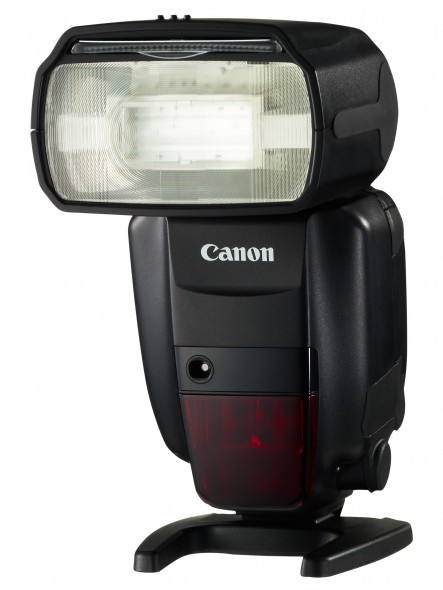
Although flashguns are typically used in the hot shoe of a DSLR or compact system camera, you open yourself up to a world of further possibilities once you start using them outside of your camera’s hot shoe.
With off-camera flash, you can position your flashgun exactly where you want it and bounce its light off surfaces that would otherwise be unusable were the flash mounted on the camera.
You can even use it with accessories such as an umbrella or a snoot for different effects. Furthermore, you don’t have to limit yourself to a single flash, as you can have a number of flashguns dotted around a scene for complex setups.
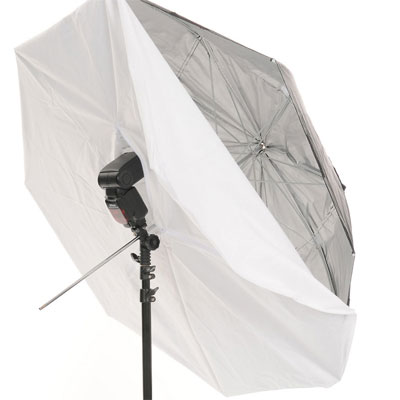
You can use flashguns with additional lighting accessories
Making the connection
For your camera to work with an off-camera flashgun you need some way making sure the two can communicate. This can be either wired or wireless.
Wired:
Wired options typically attach to your camera’s hot shoe with one end and have a hot shoe at the other for your flash. Some may even have a hot shoe at each end, which allows you to mount one flash on the camera and have another flash off the camera.
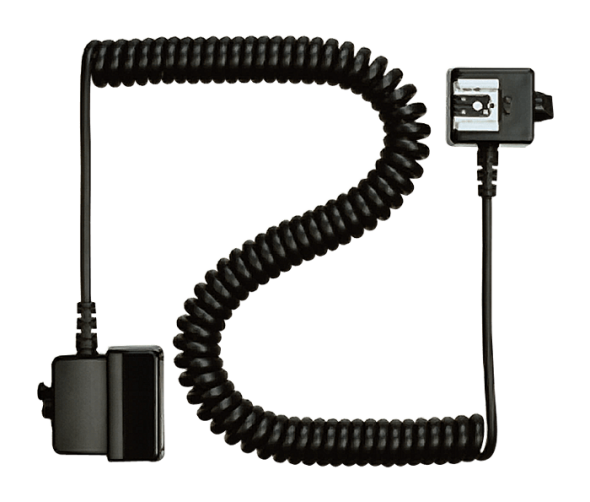
The Nikon SC-29 cord allows you to use your flash off the camera with TTL functionality maintained
These support your camera’s TTL functionality so that they can have their output automatically adjusted. This is convenient because otherwise you would need to make manual adjustments on the flash unit.
They provide a secure connection and are more affordable than most wireless options. The length of the cord, however, will determine how far apart your camera and flash can be from each other.
These are often used when the camera is mounted on a flash bracket (below), as the distance between the camera and flash does not require a wireless connection.
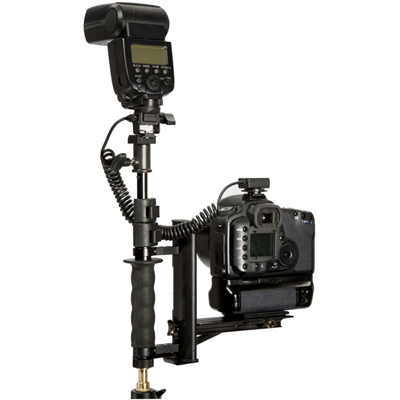
A physical connection between the flash and camera is a good idea when using a flash bracket
Wireless:
Wireless options allow you to increase the distance between the flash and camera. These come in various setups although there will usually be two elements: a transmitter and a receiver.
Most flashguns incorporate their own receivers. This means you just need a transmitter of some kind. Some cameras also have a transmitter built into them, which renders external units unnecessary.
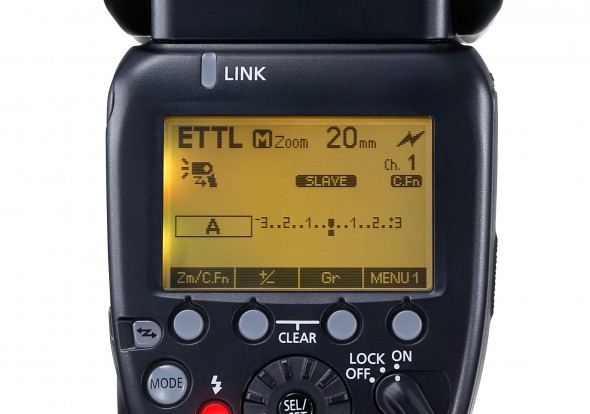
The ‘slave’ icon indicates that this flashgun is being used away from the camera, responding to a main ‘master’ flash or transmitter
Something else that’s that’s becoming increasingly common is a kit that comprises a pair of transceivers – i.e. identical units that can function as both transmitters and receivers.
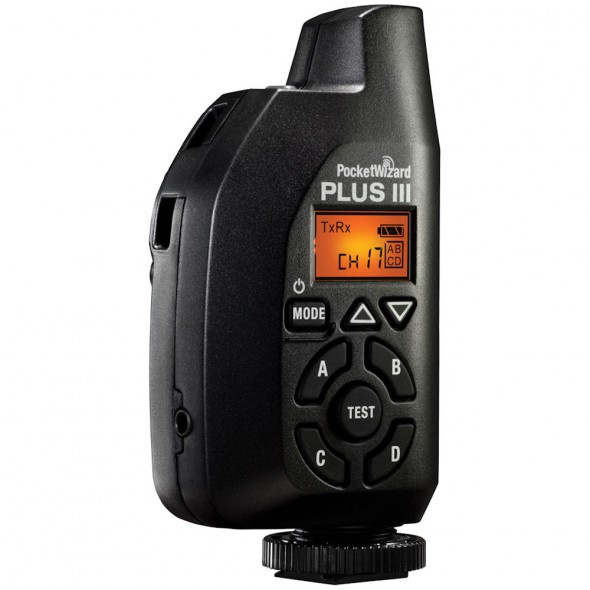
The PocketWizard Plus III transceiver can be used as a transmitter or receiver as required
Infrared vs radio
If investing in a wireless kit, something to consider is whether to buy a system that works on infrared or radio frequencies.
Infrared models are generally cheaper than radio frequency-based models. They also typically maintain TTL functionality that many flashes use, although they require a line of sight between the transmitter and the flash to work.
This isn’t too great an issue indoors, although you may run into problems outdoors if the sun interferes.
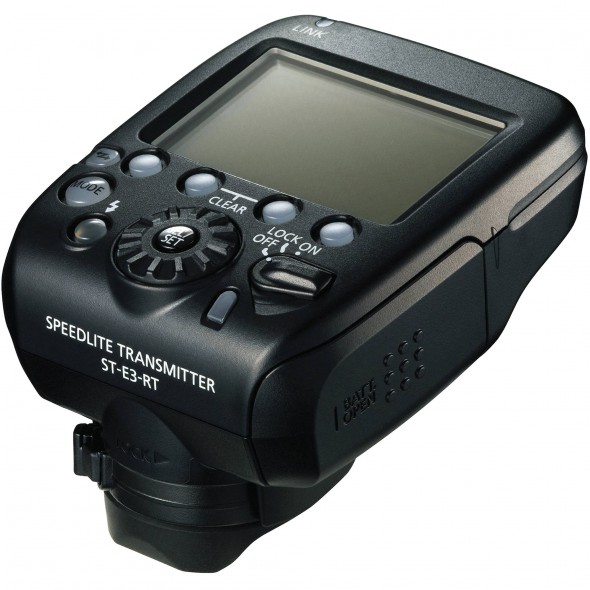
The Canon ST-E3-RT works on radio frequencies rather than infrared
By contrast, models that work on radio frequencies don’t require a line of sight. This gives you more flexibility with positioning (and also means you can use them when there are physical obstructions such as walls). They can, however, be affected by interference, and many do not support TTL functionality.
Some shoots require more lighting power that a flashgun can provide. In these situations you can use battery-powered flash kits with more powerful heads as an alternative. Manufactured by the likes of Profoto, Broncolor and Interfit, these have the added bonus of supporting TTL functionality.
Pro photographer Tom Mason tells us how he uses off-camera flash for his work:

Why do you use off-camera flash?
In my job as a wildlife photographer I use off-camera flash to balance daylight exposures in order to reduce harsh shadows. I also use it to freeze motion and to create specific lighting effects. Additionally, working more heavily with camera traps over the last few years, off-camera flash has allowed me to set up the images I want out in the field.
What encouraged you to start using off-camera flash?
In the beginning my interest in flash was to balance daylight exposures and to add fill flash to enhance detail, but it has quickly developed to become a key part of my work. It helps me to create far more powerful and interesting images.

Image by Tom Mason
What specific qualities or advantages does it give you?
Working with flash allows me to totally take control of a scene and re-imagine it in new ways. With camera traps I can create studio setups out in the field and know that I will always get a consistent exposure when using a mixture of flash and ambient lighting.
Describe your preferred off-camera flash lighting setup
My ultimate setup is probably that for my camera-trap work. It consists of anything from two to four Nikon flashguns, triggered via wired transmission due to length of time out in the field. Most of them are positioned using Manfrotto Super Clamps and arms. Often if I am working on a project where I will be on location and shooting the shot myself, I will work wirelessly with PocketWizards.
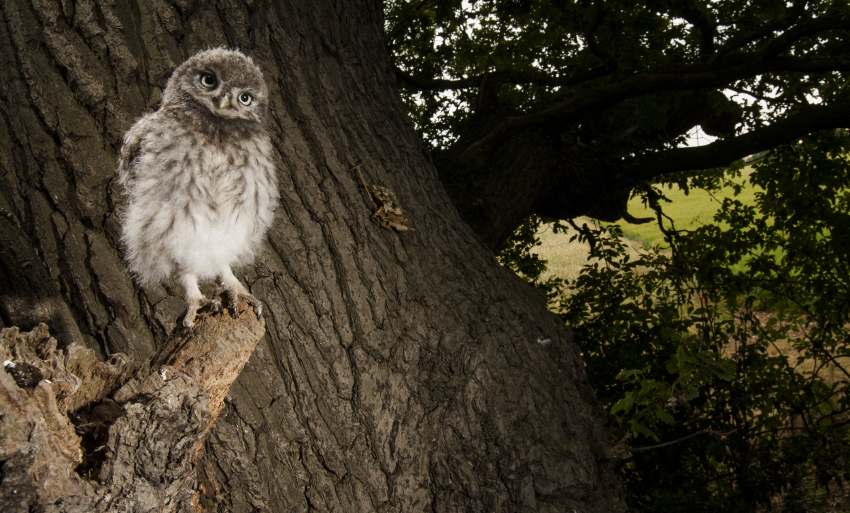
Image by Tom Mason
You can see more of Tom’s work on his website

